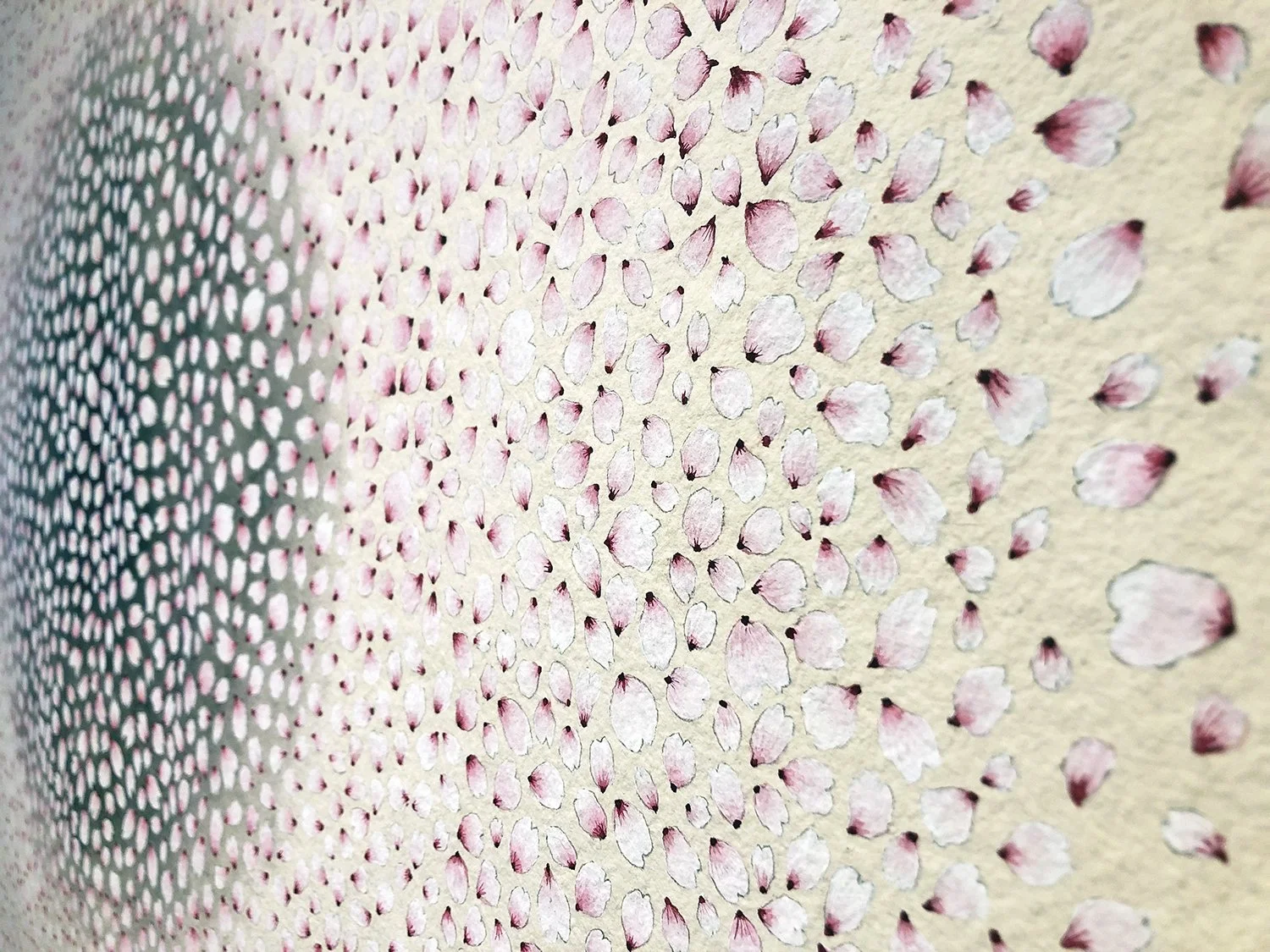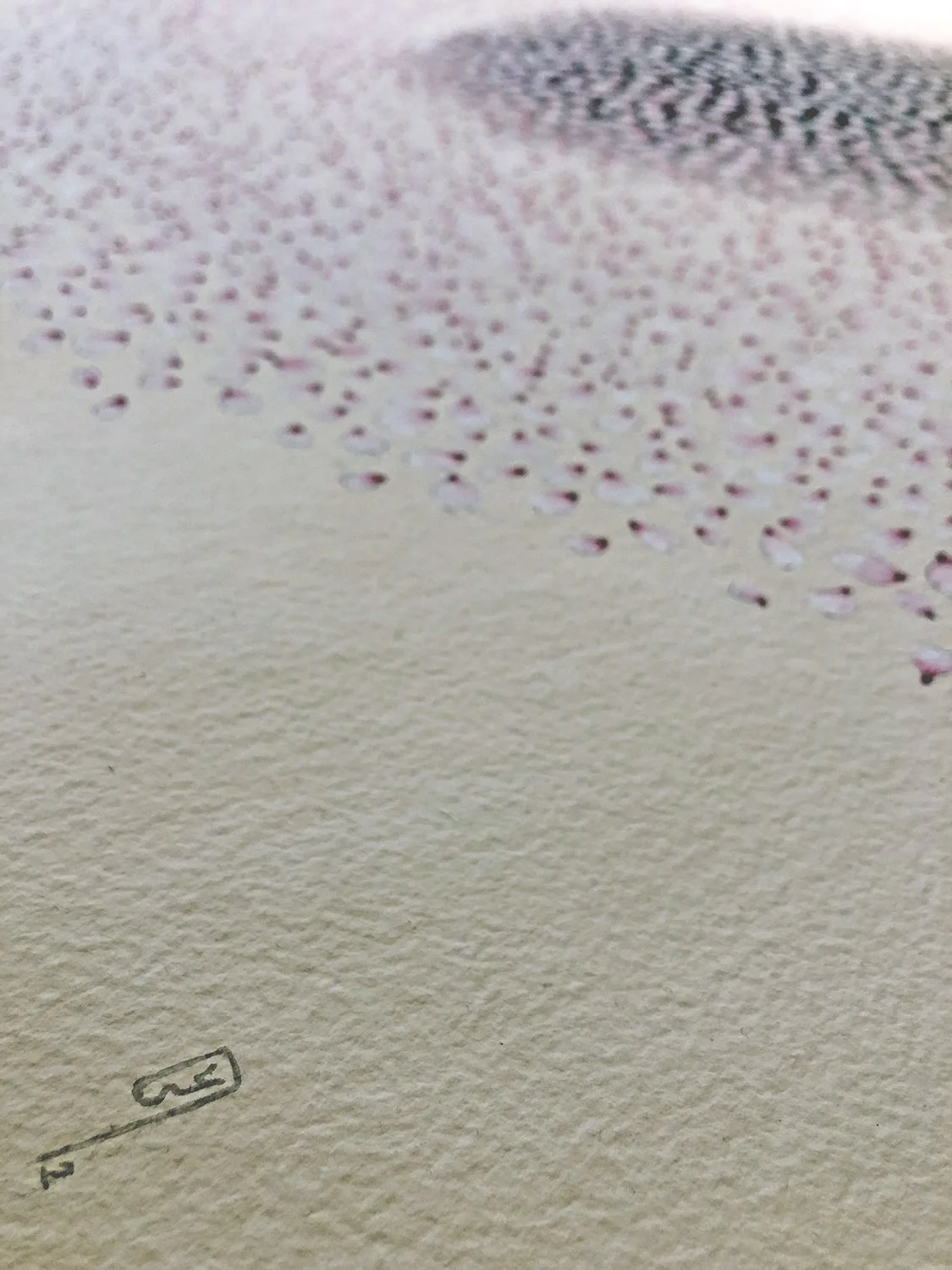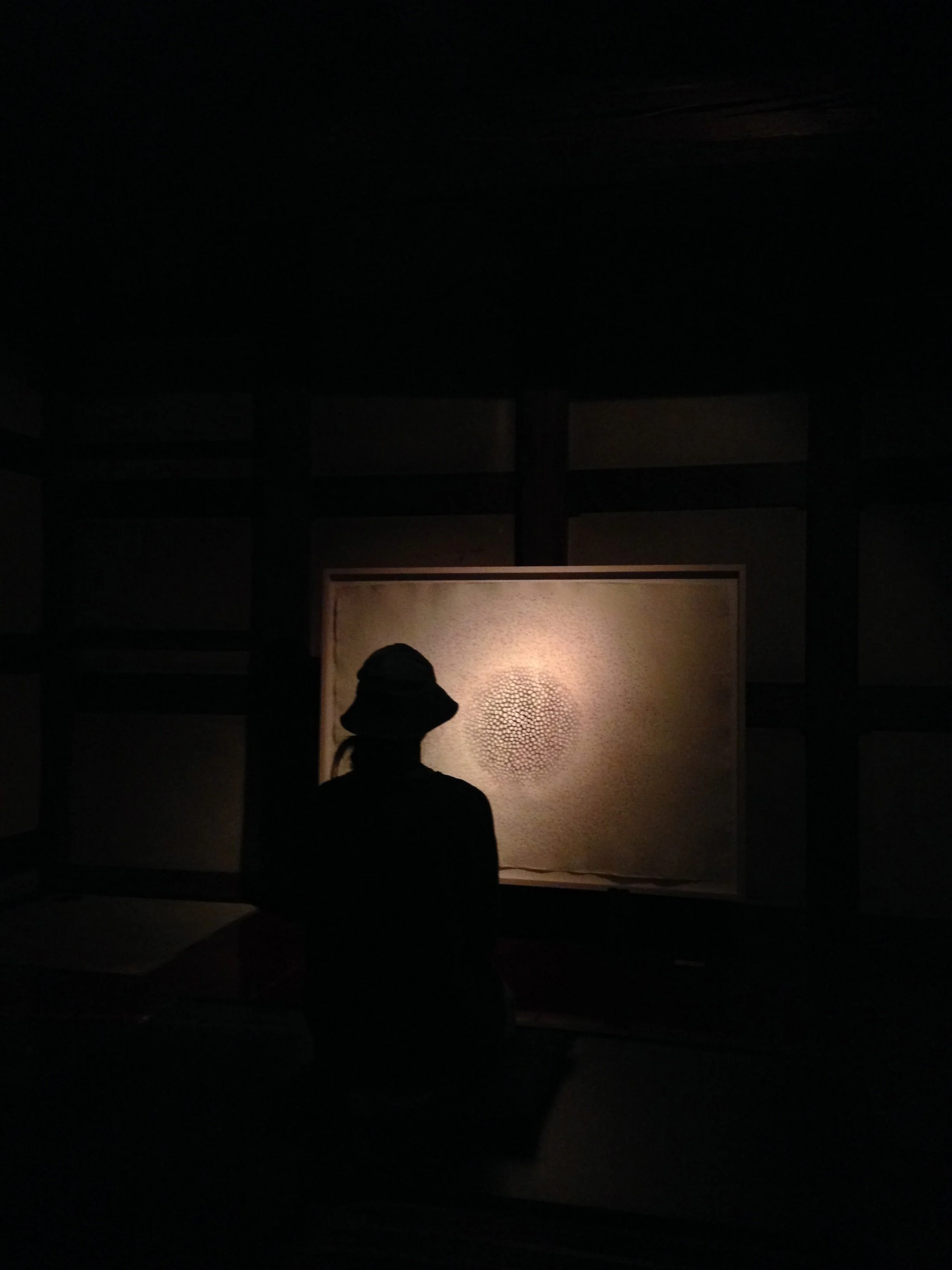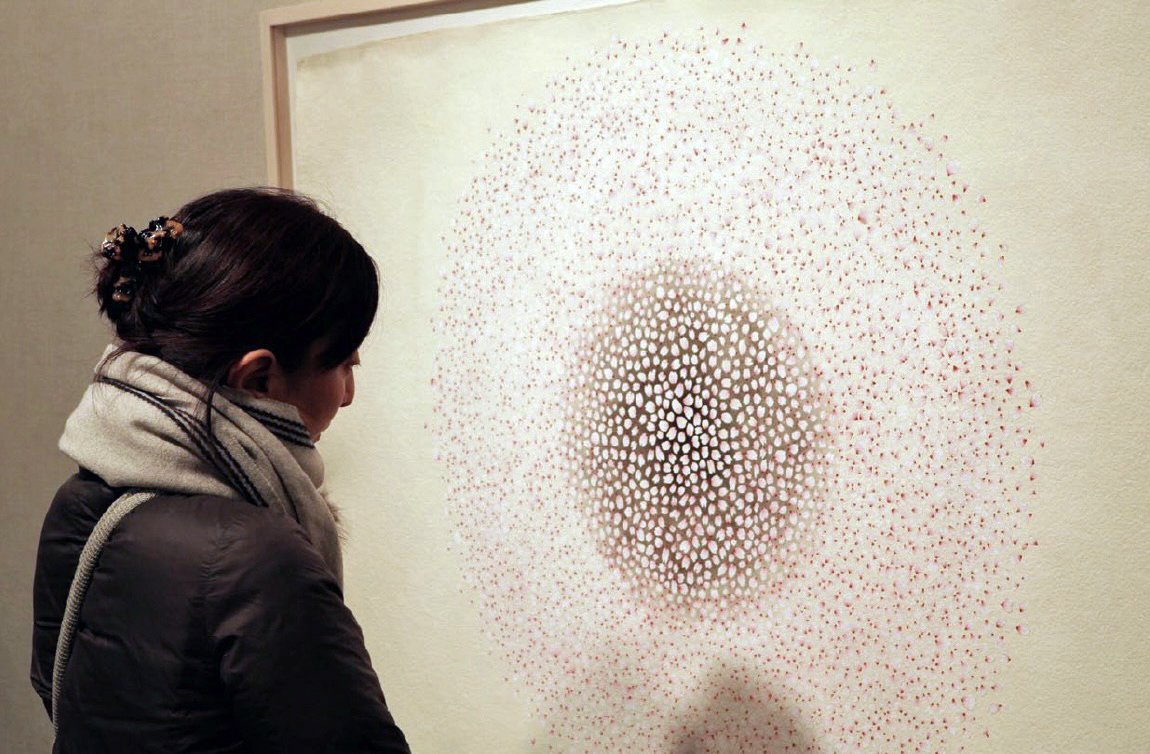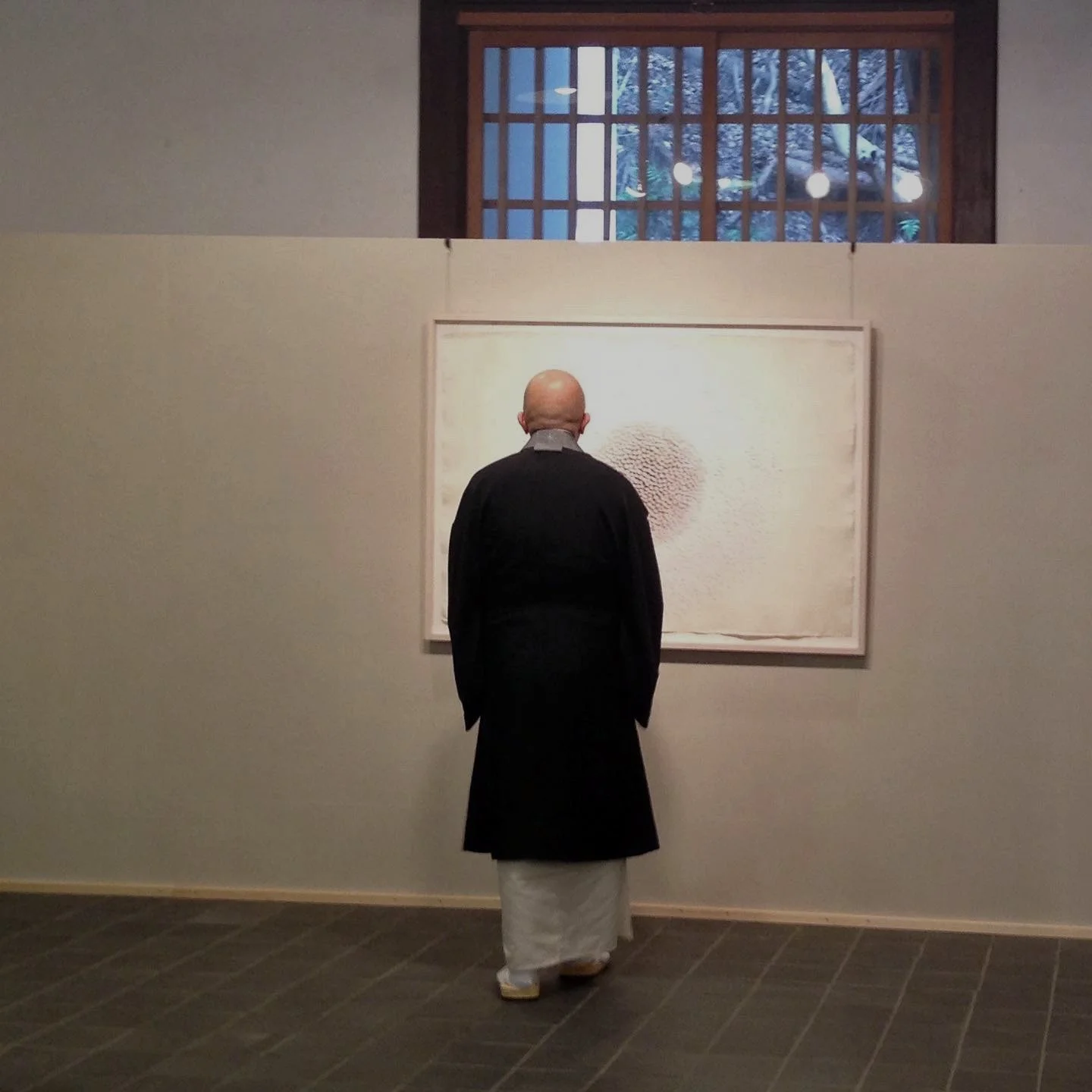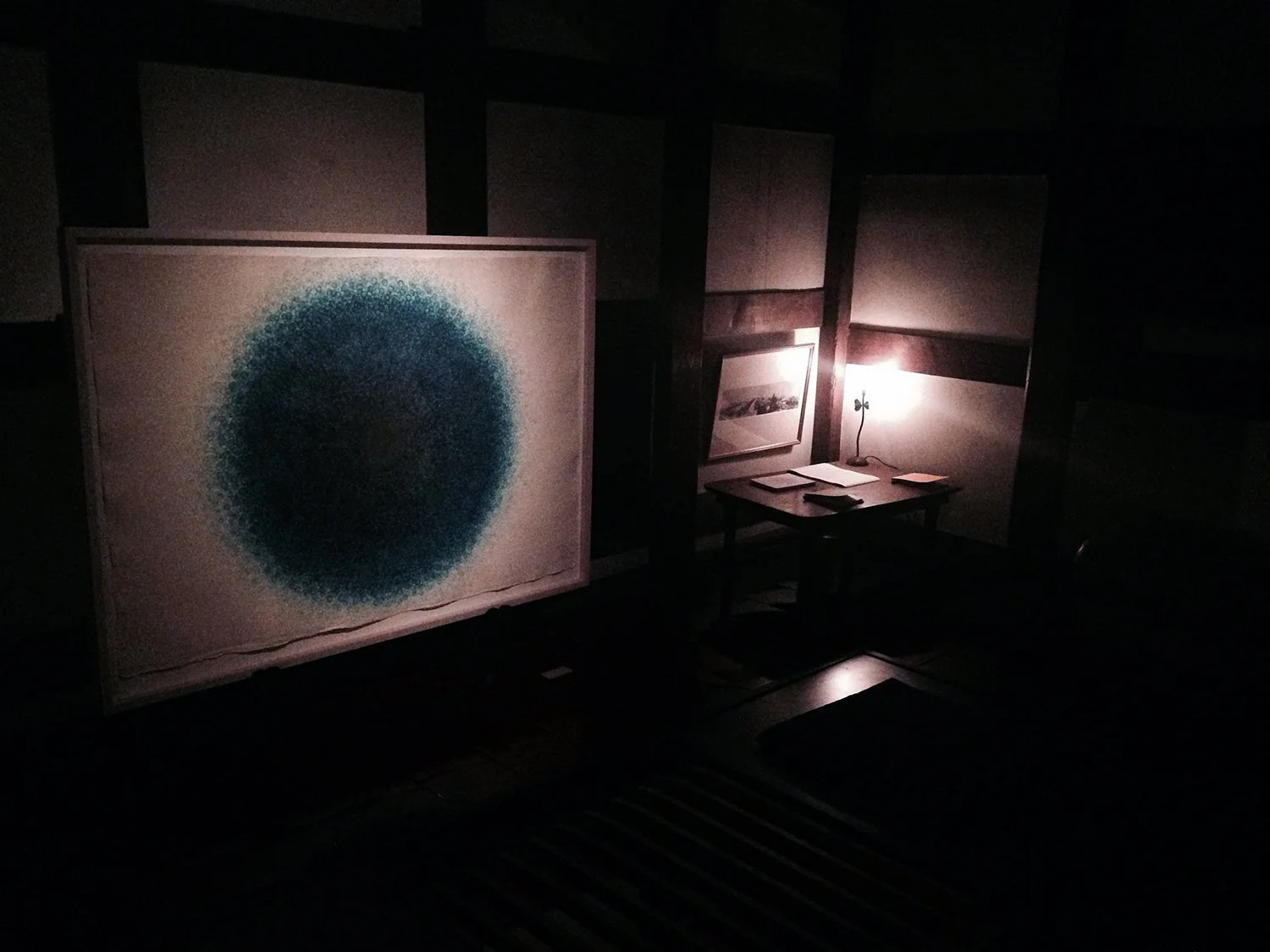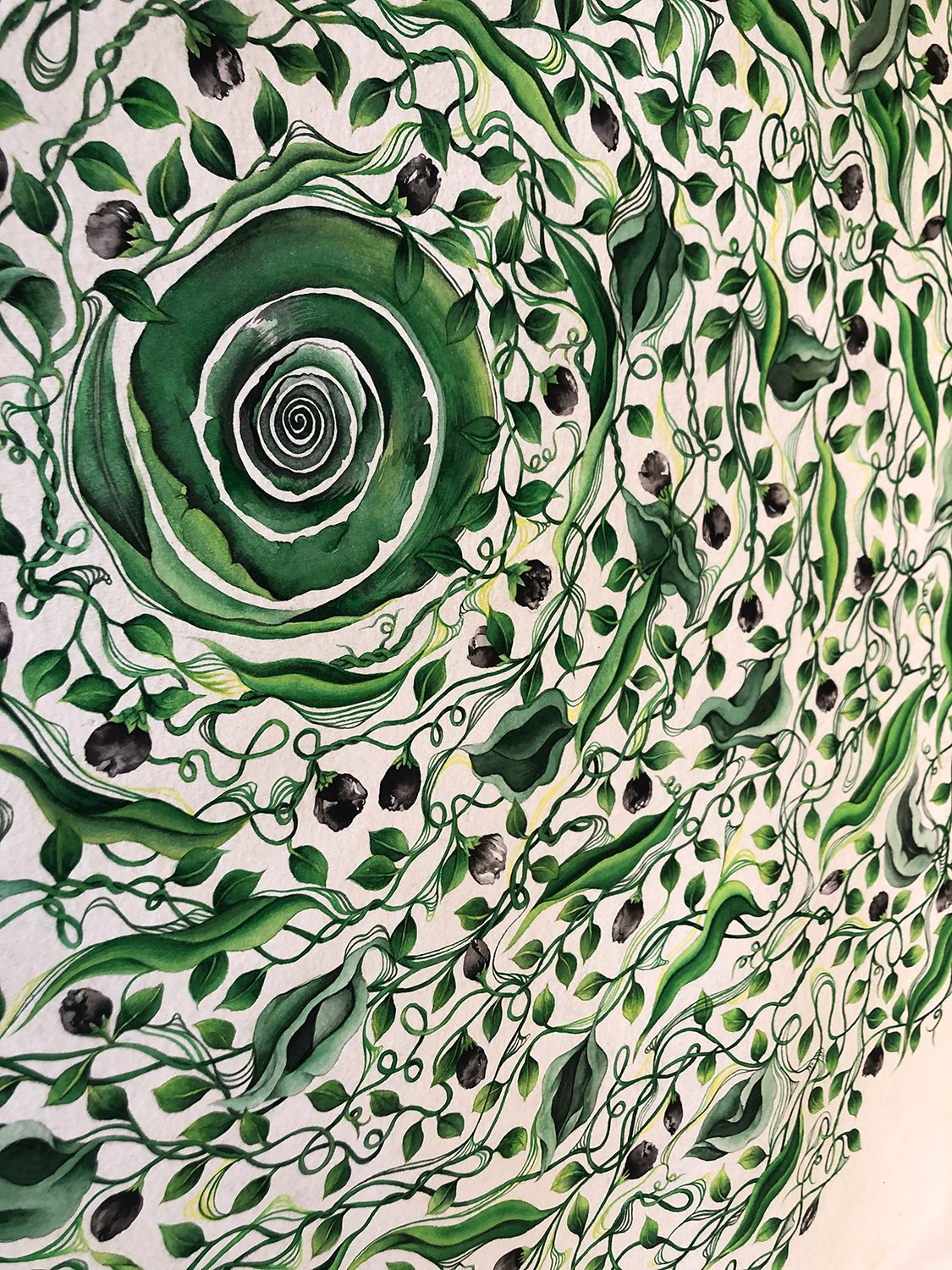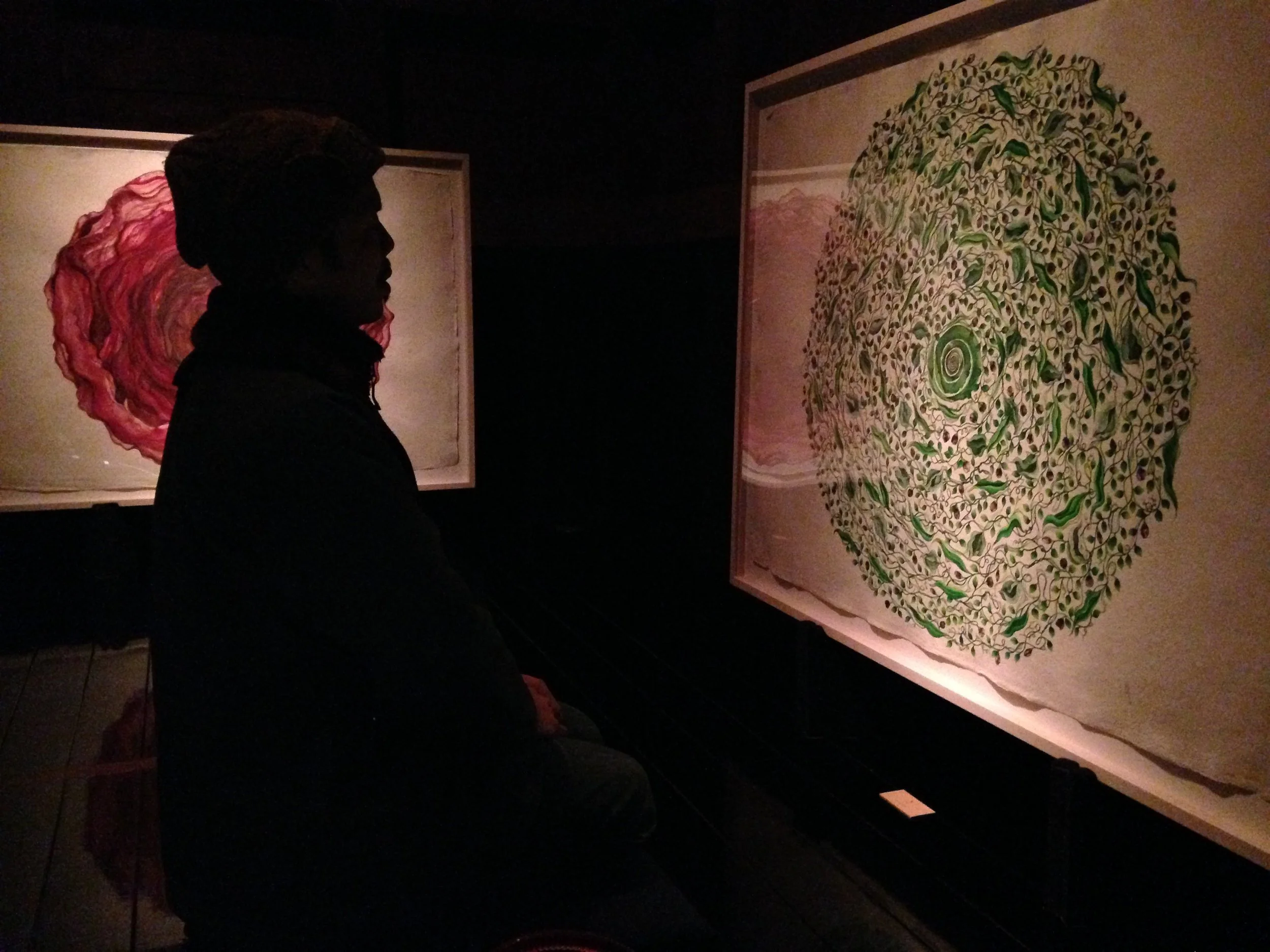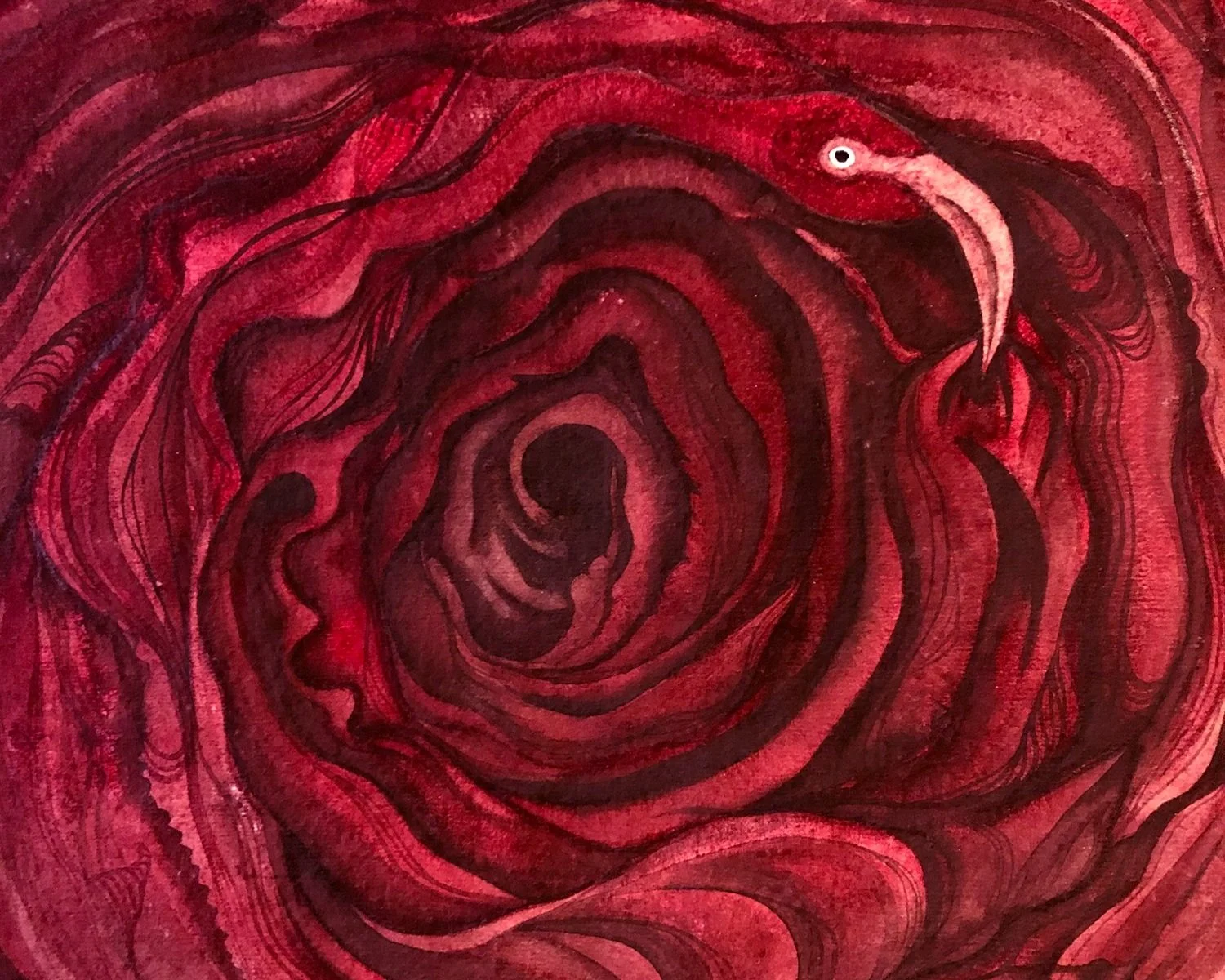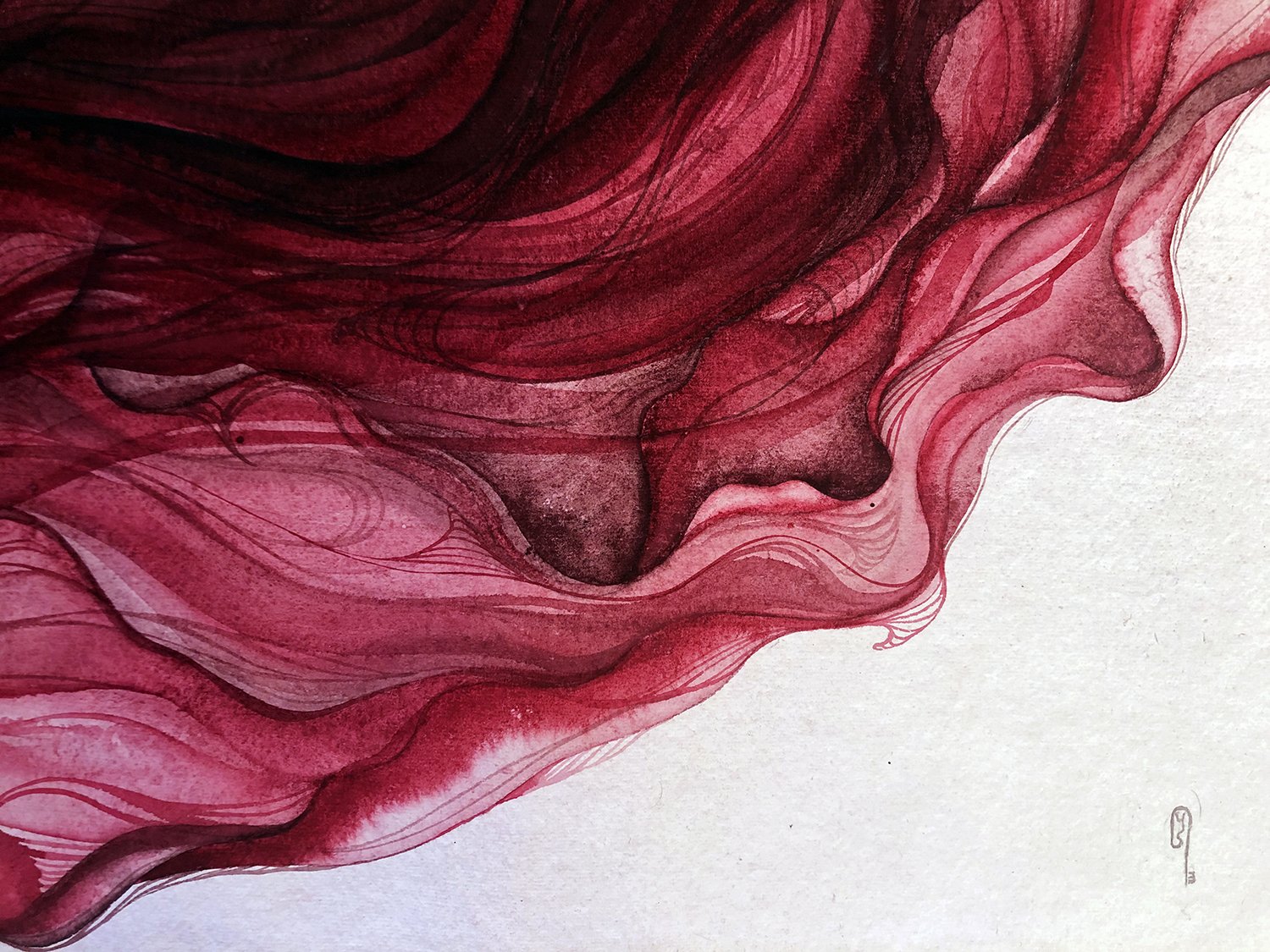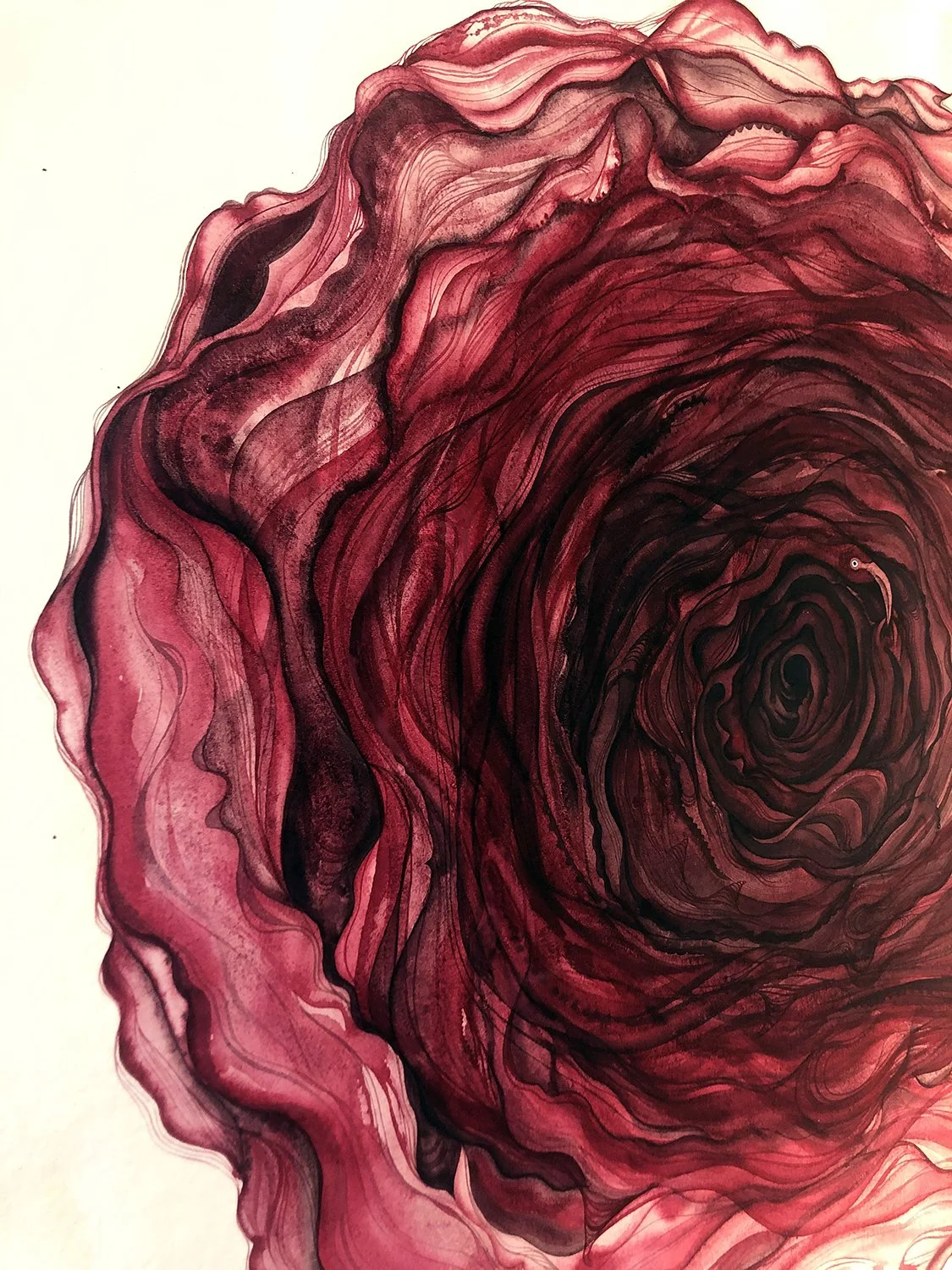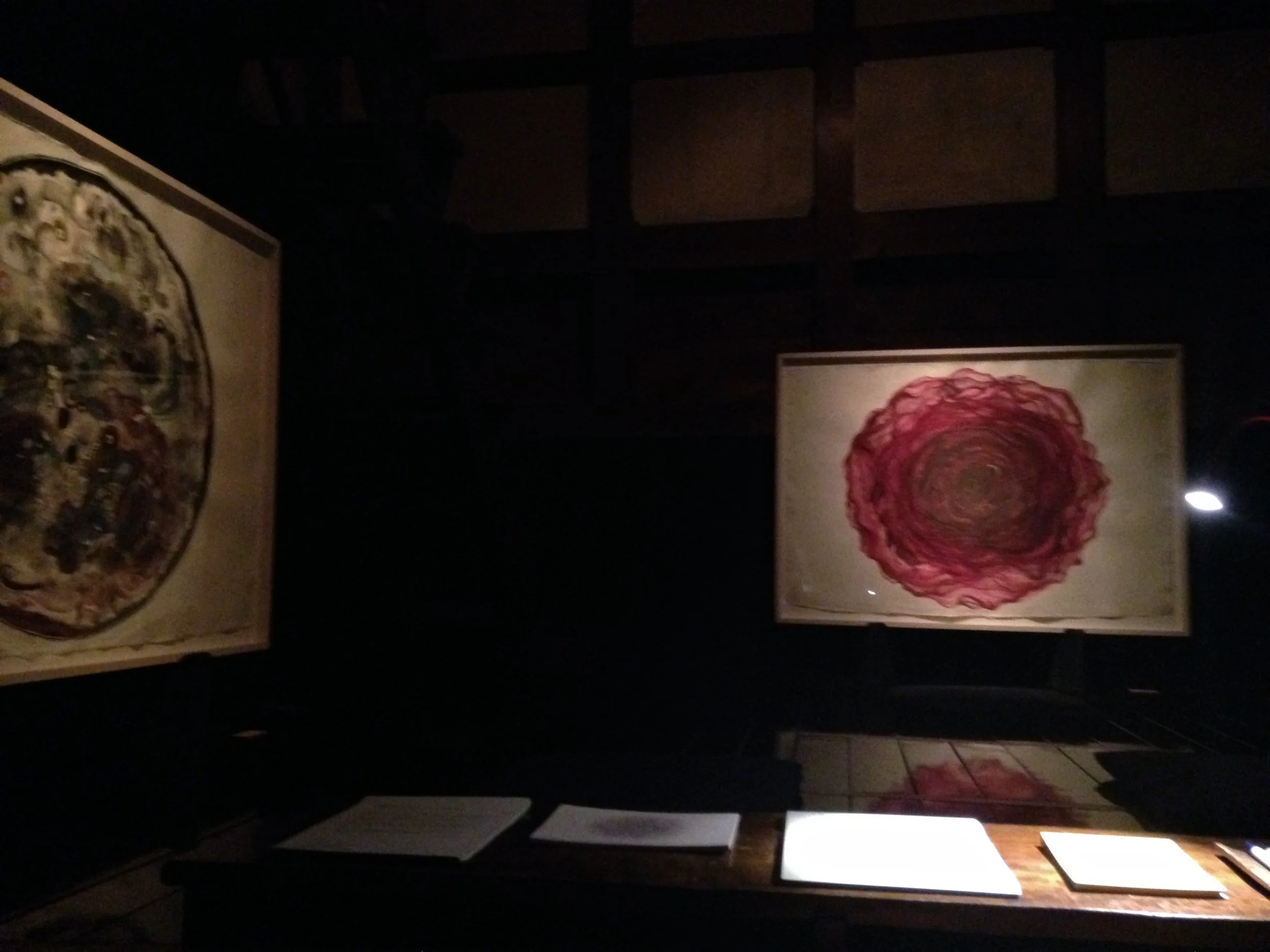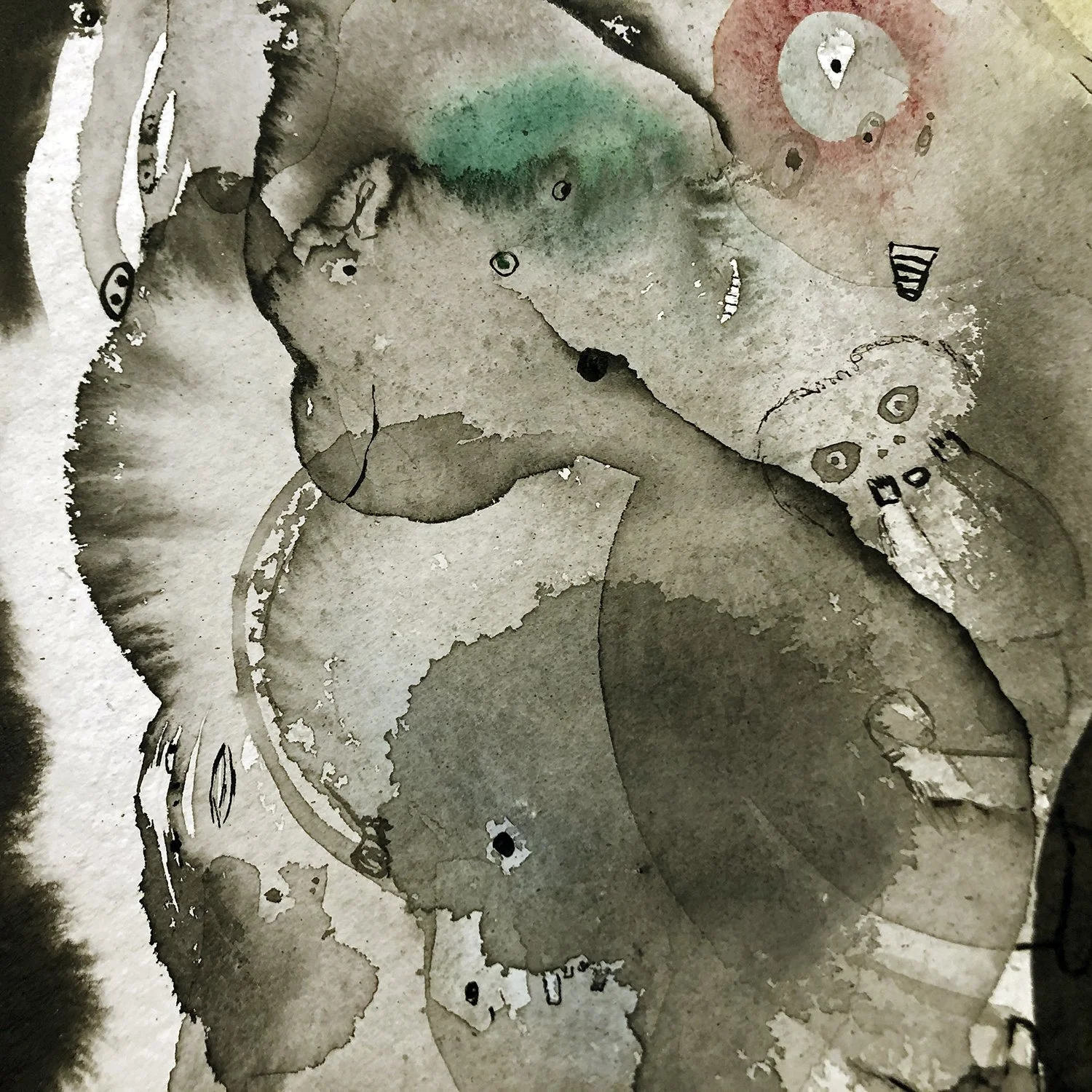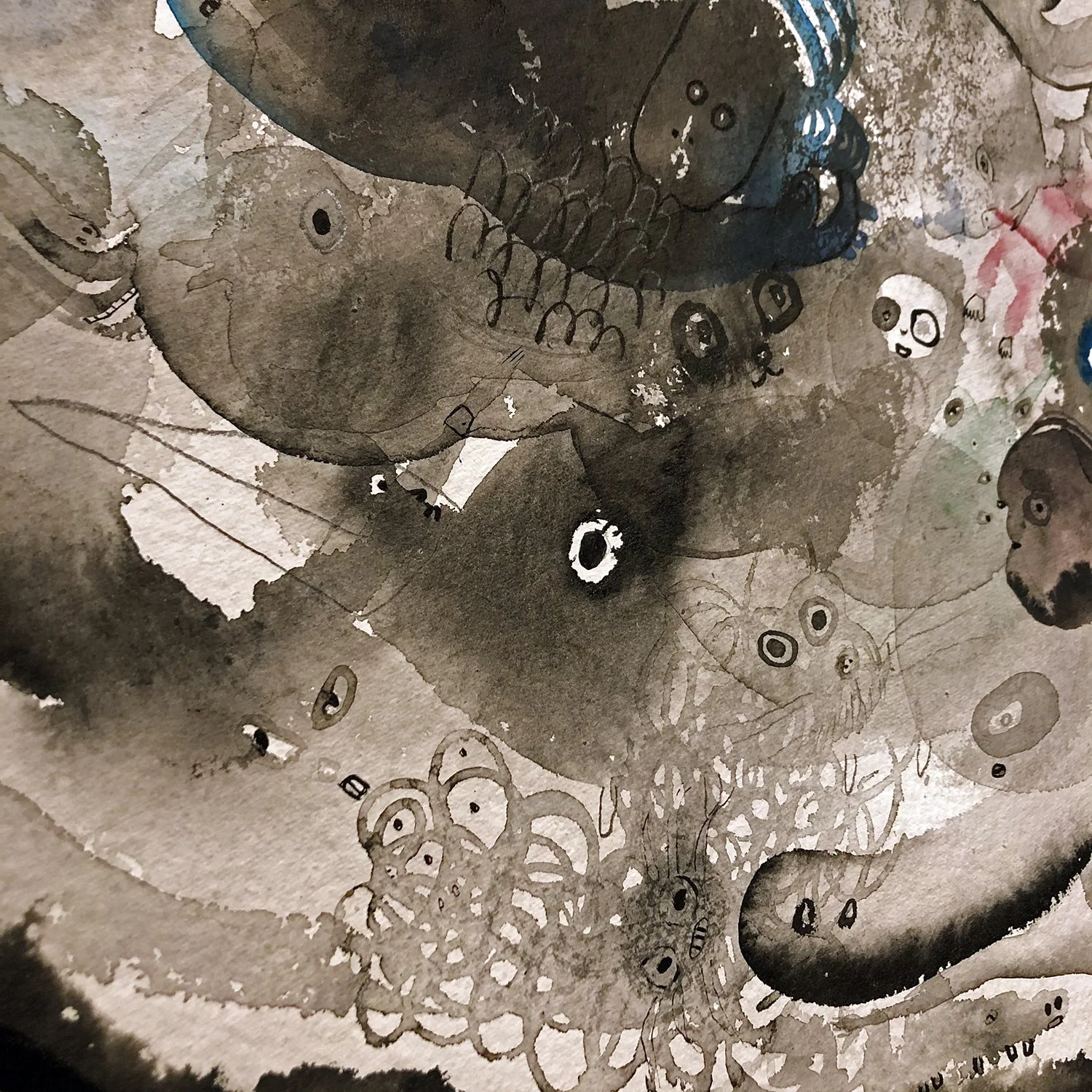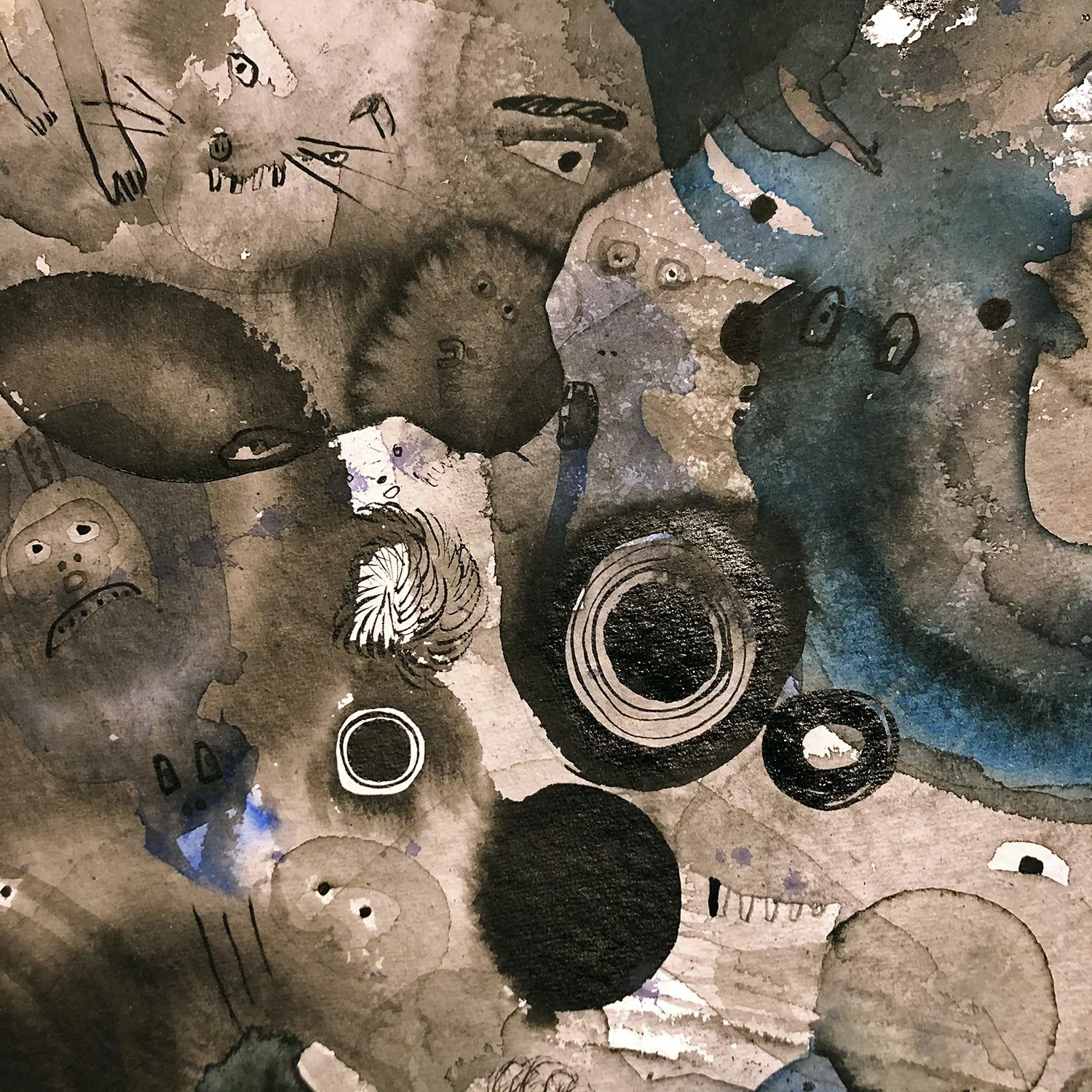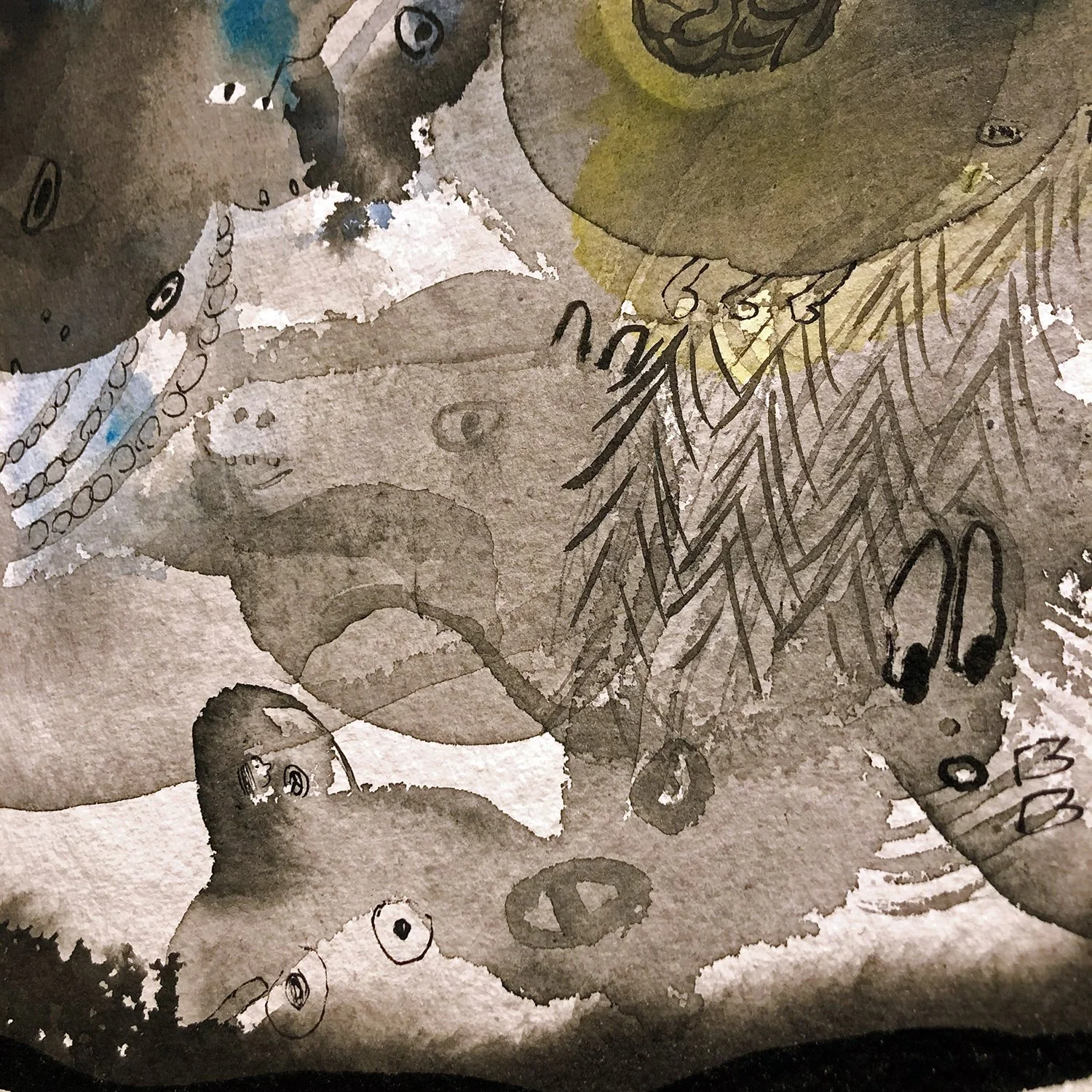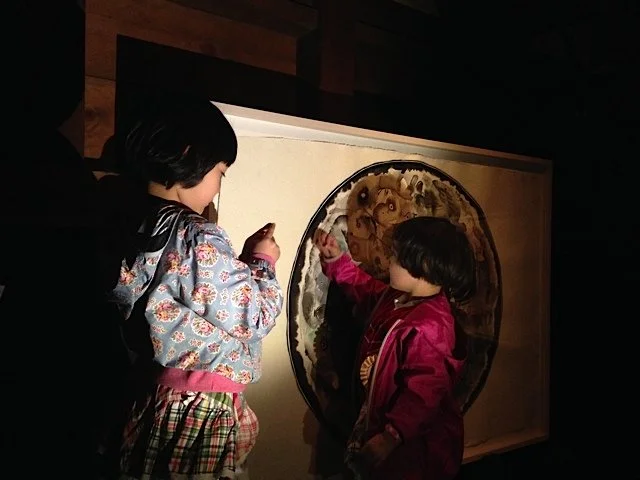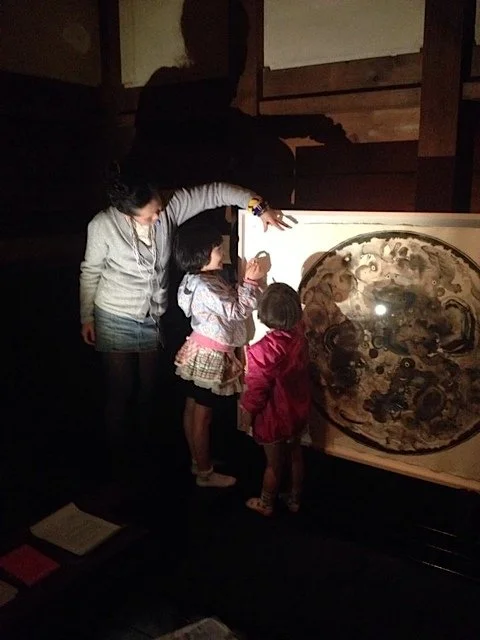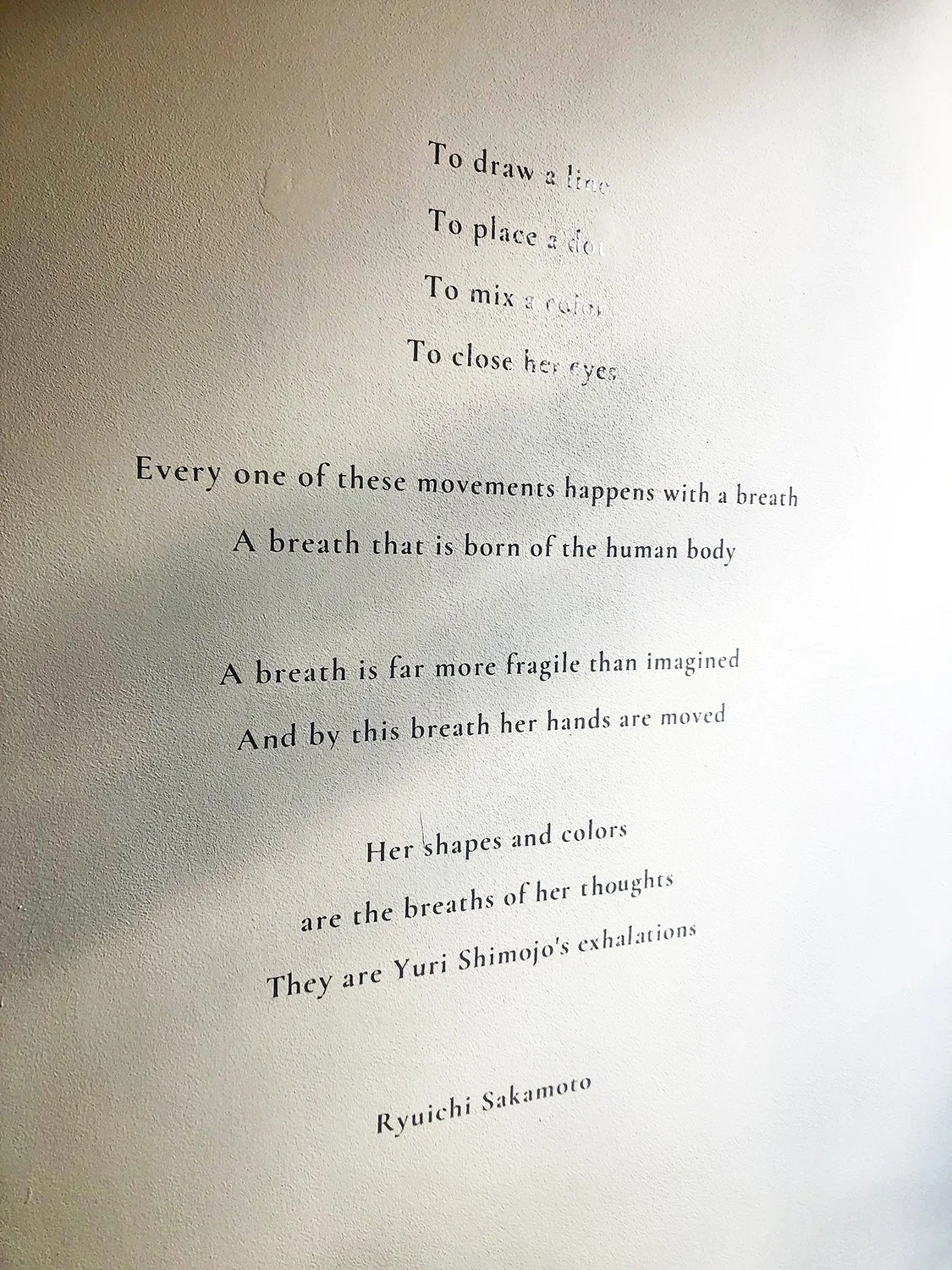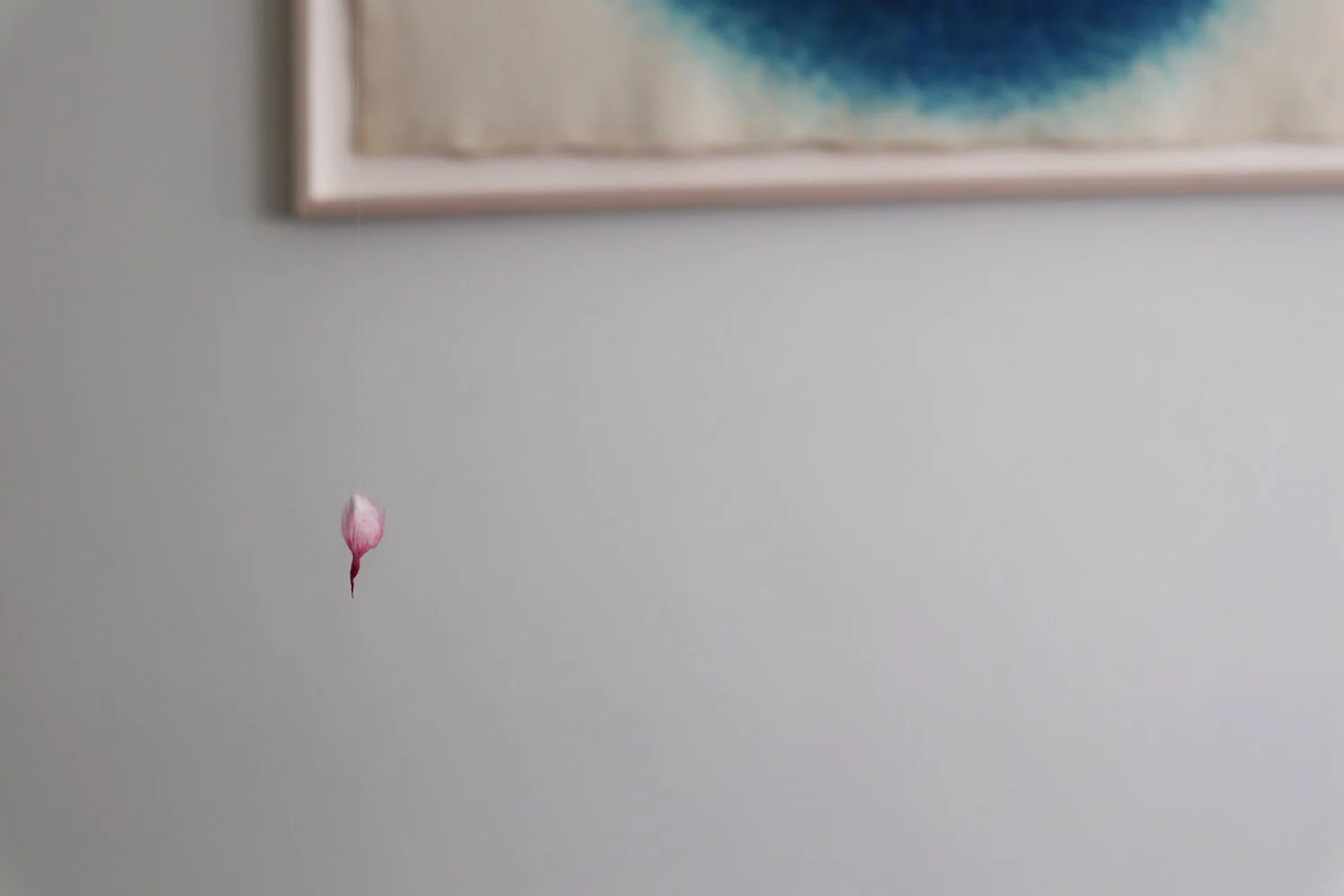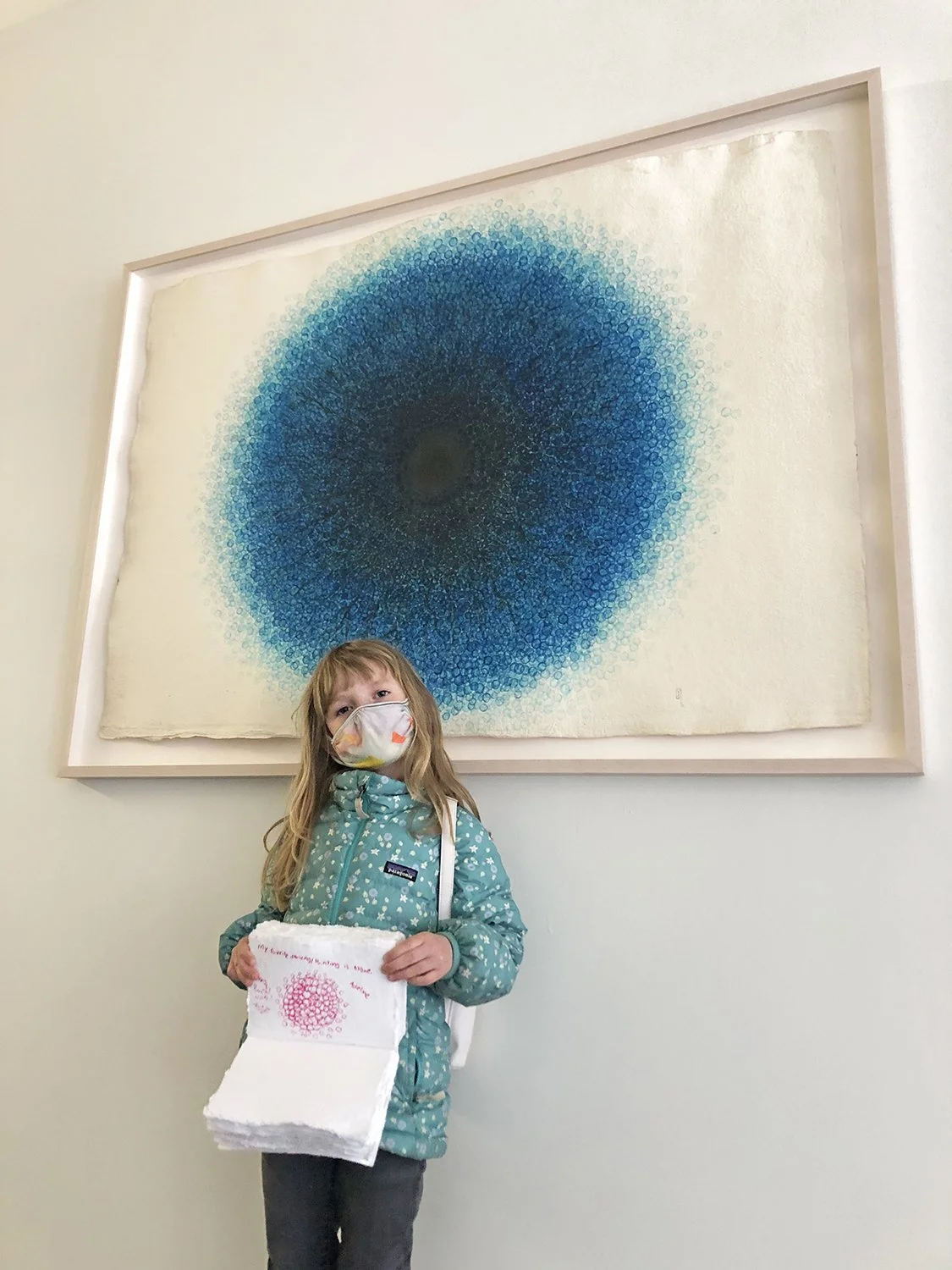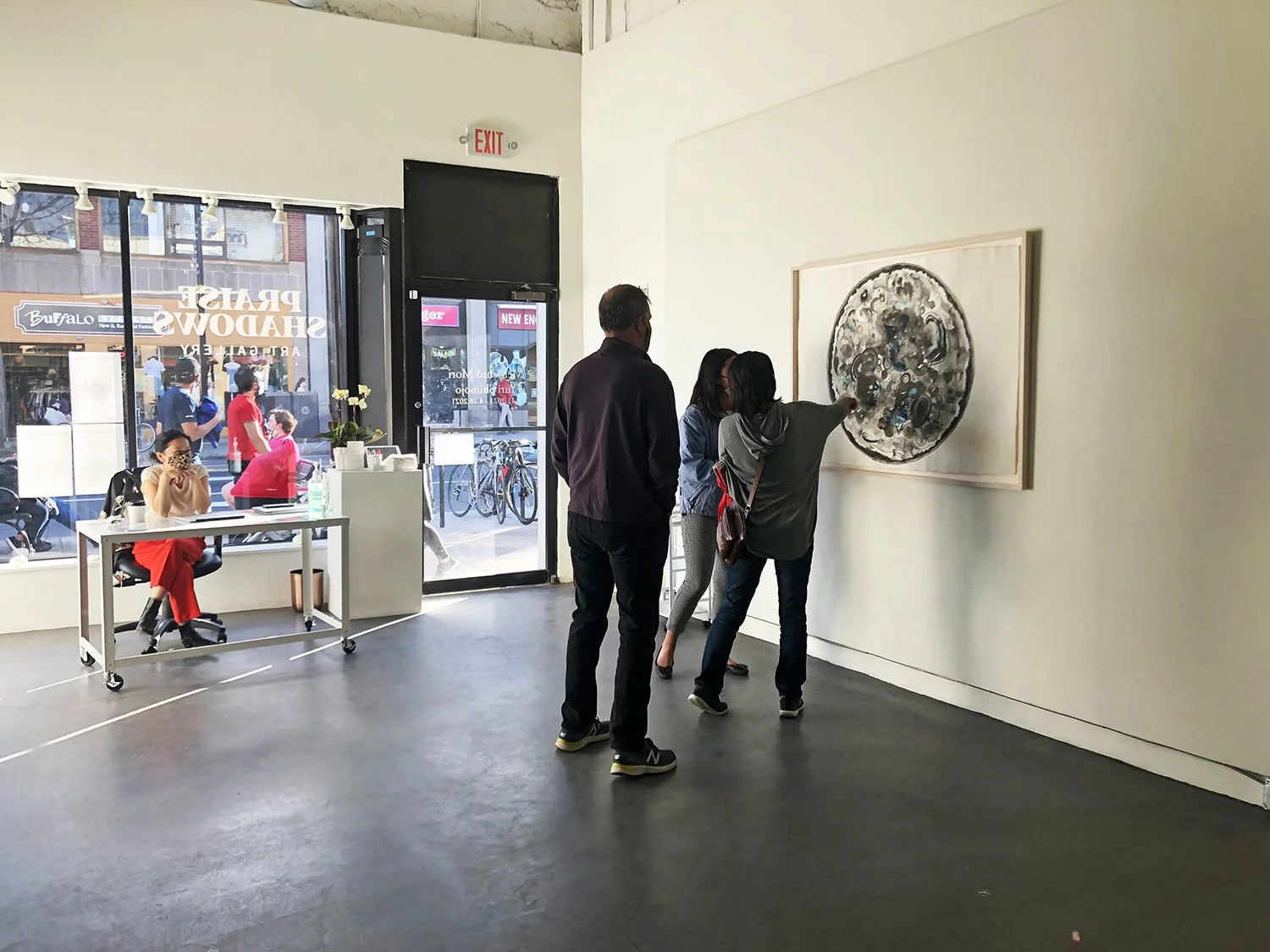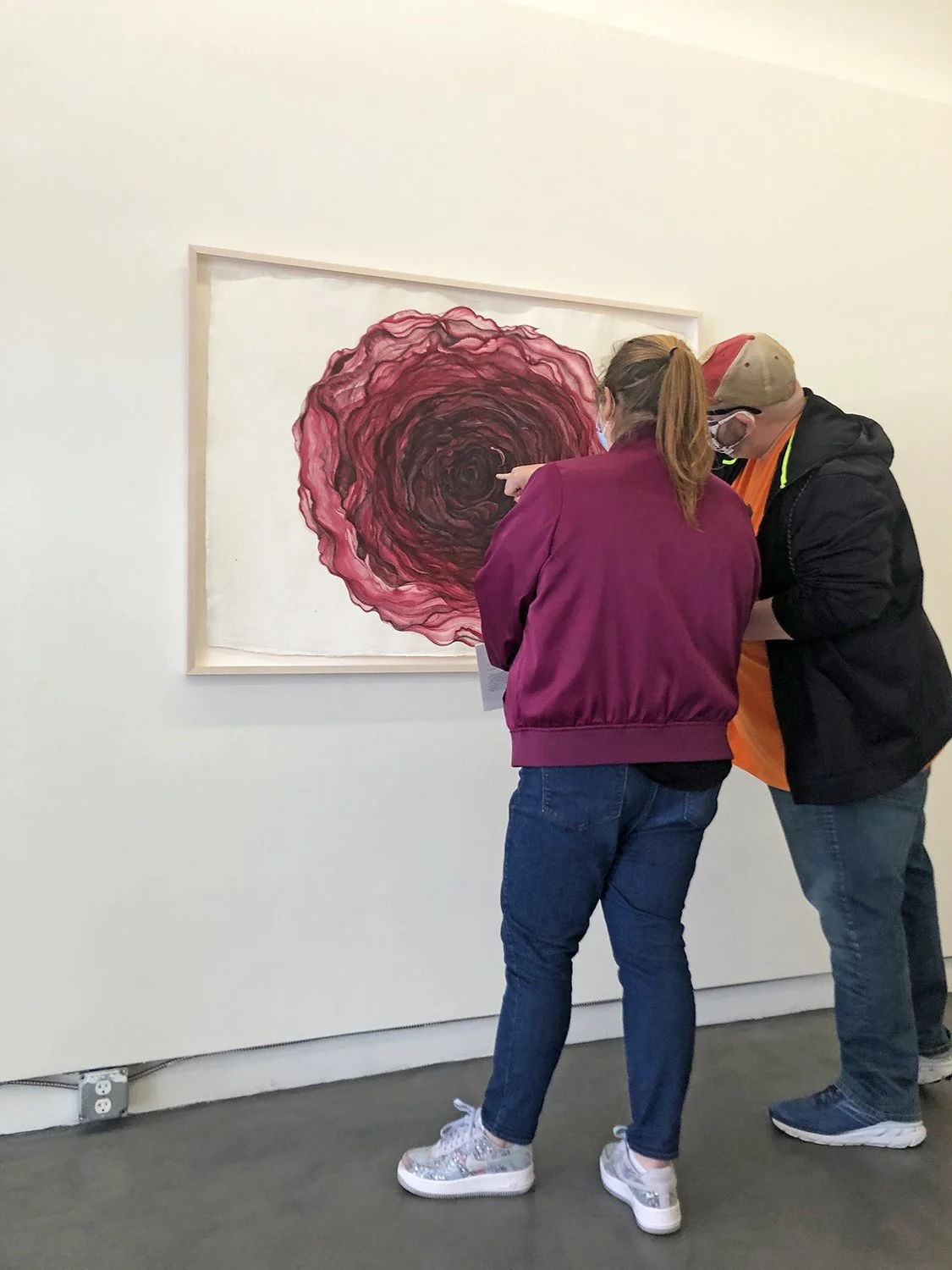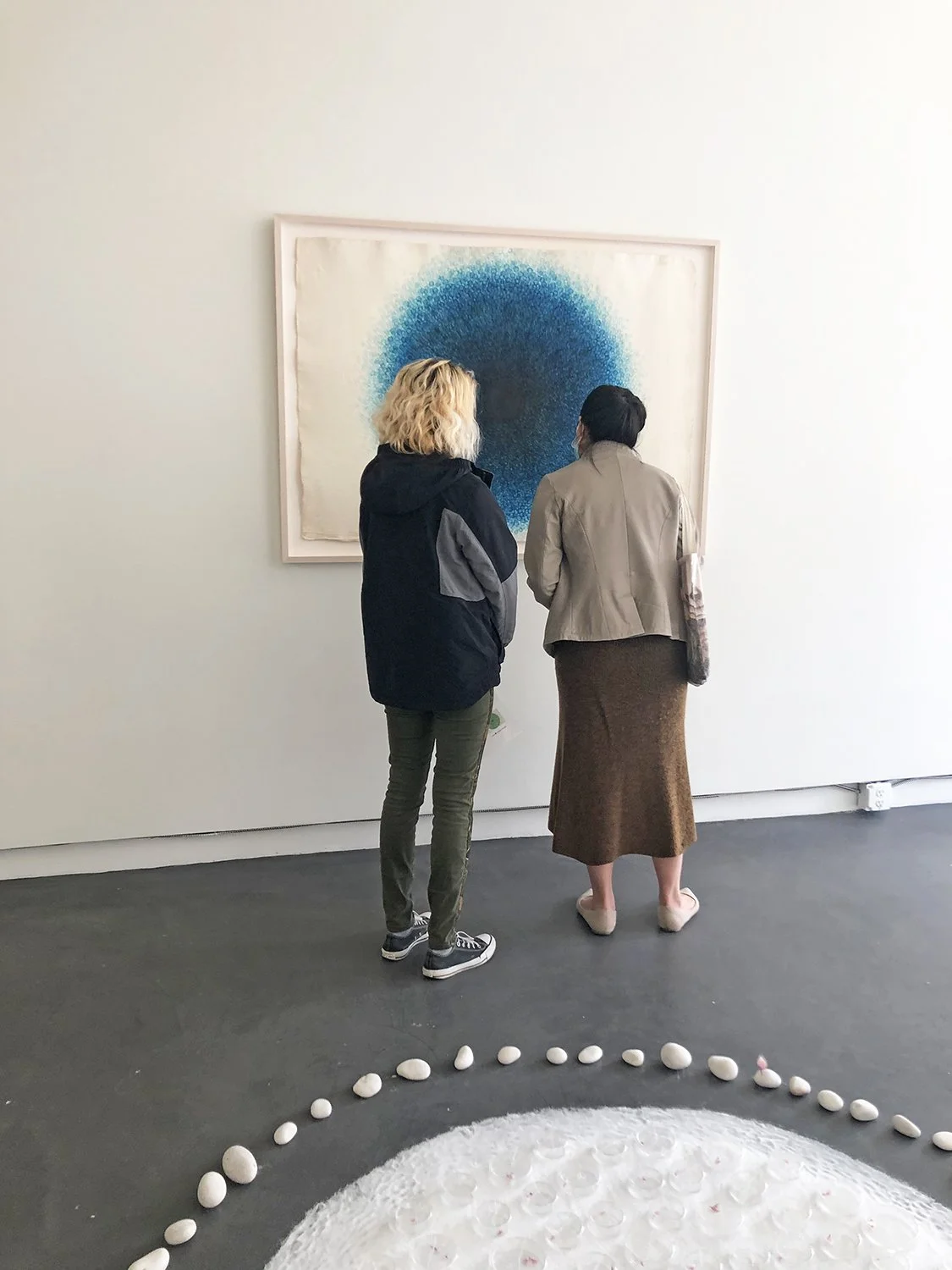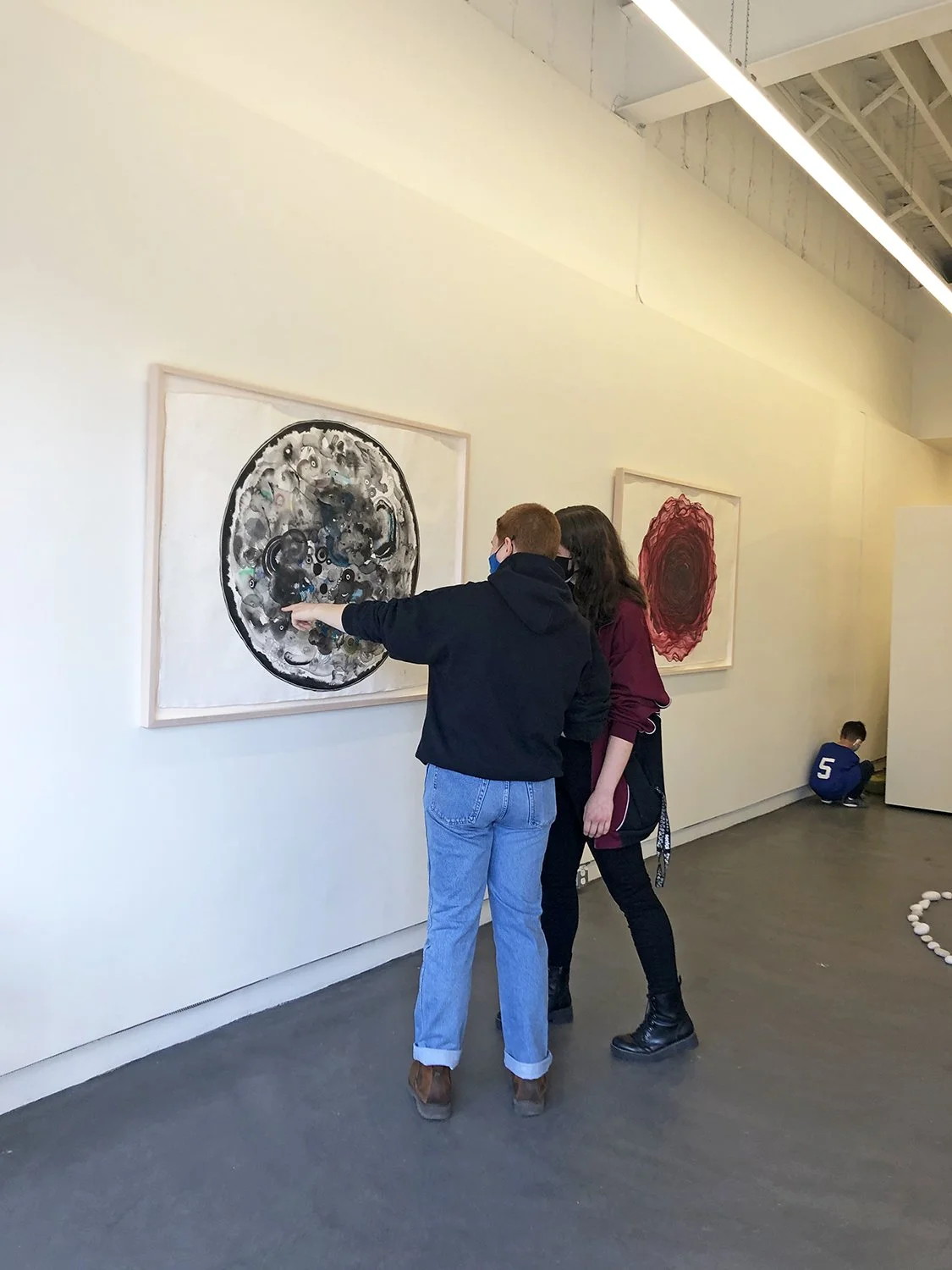Memento Mori
Remember your mortality.
Personal requiem and inevitable celebration for the circle of Life
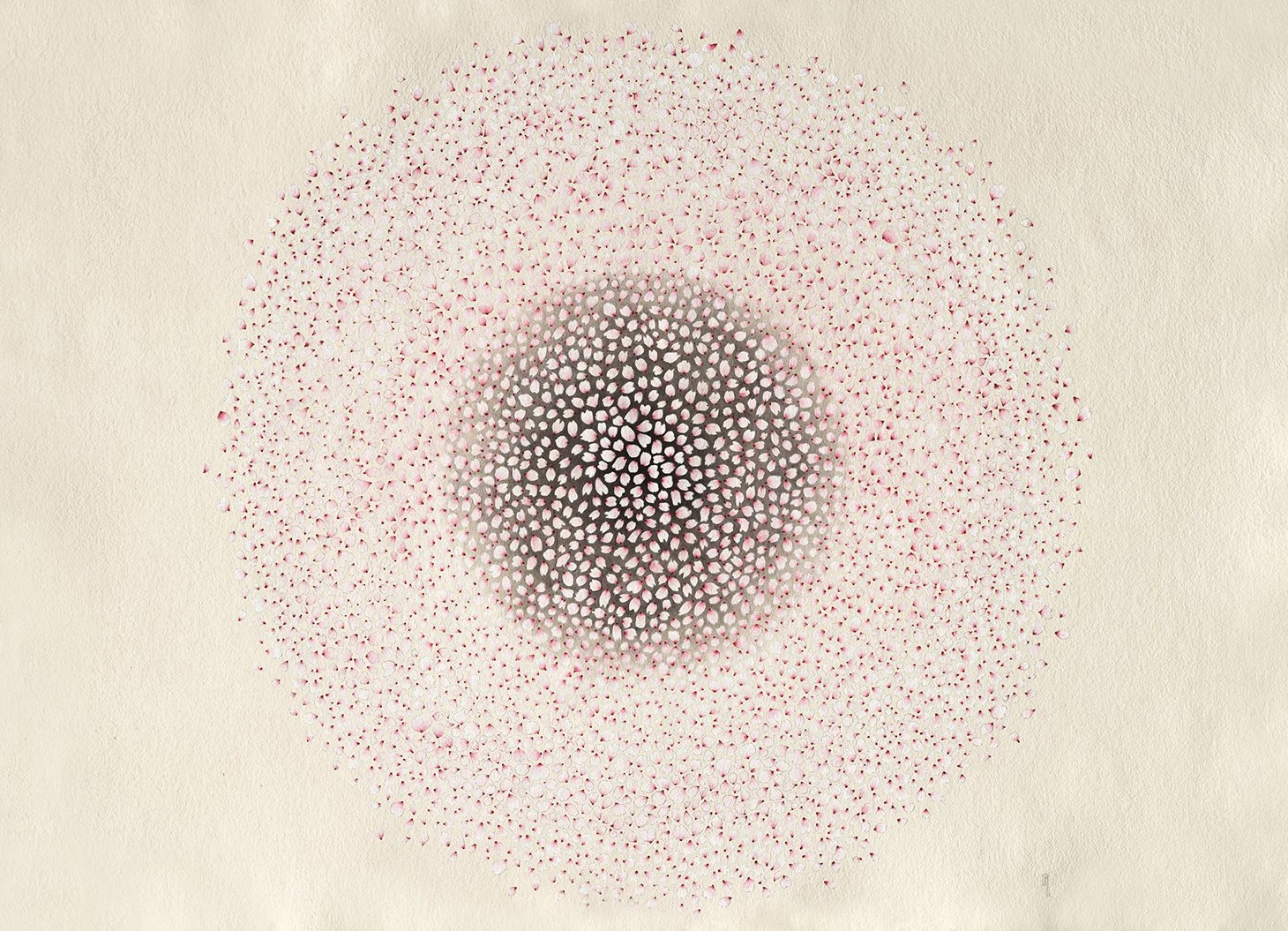
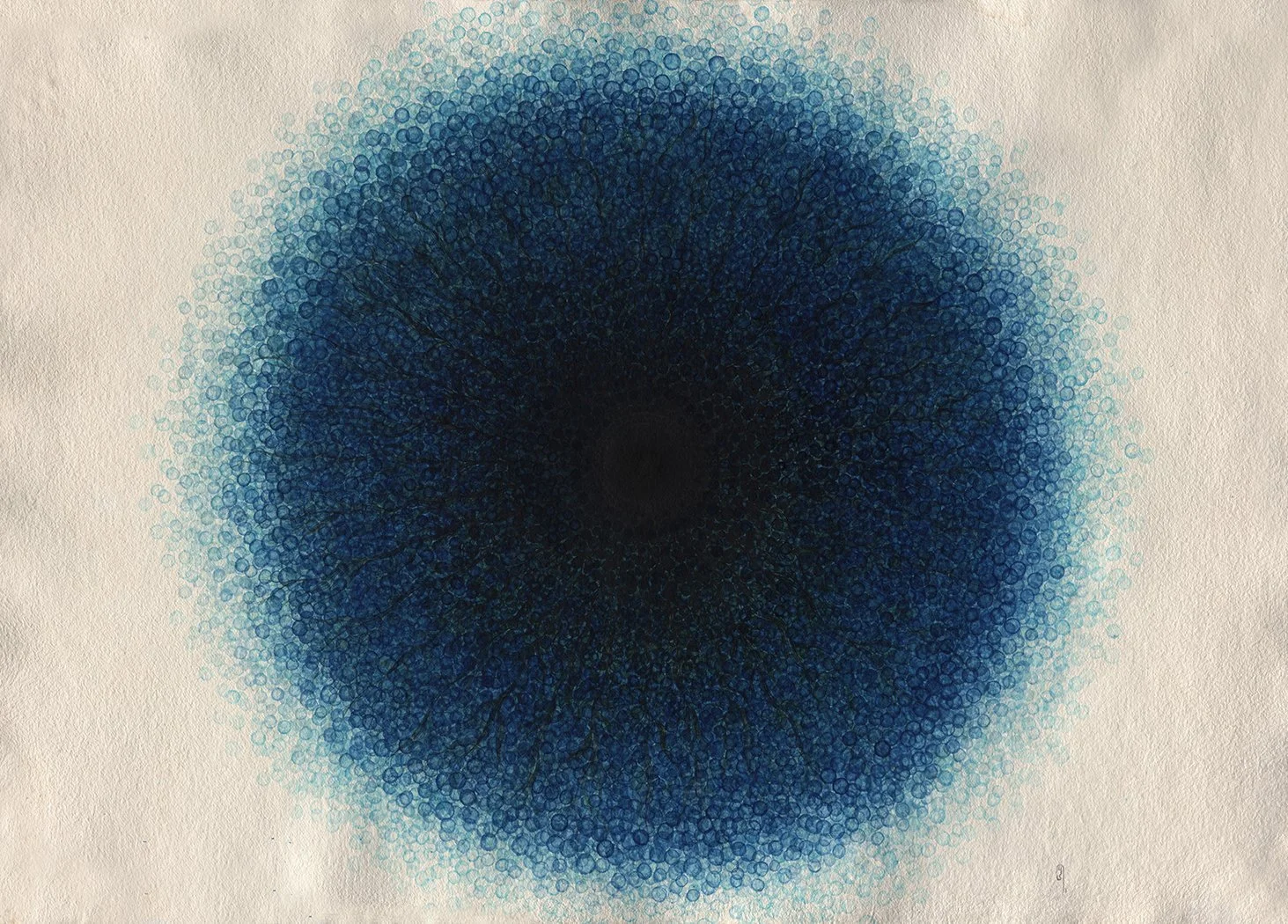
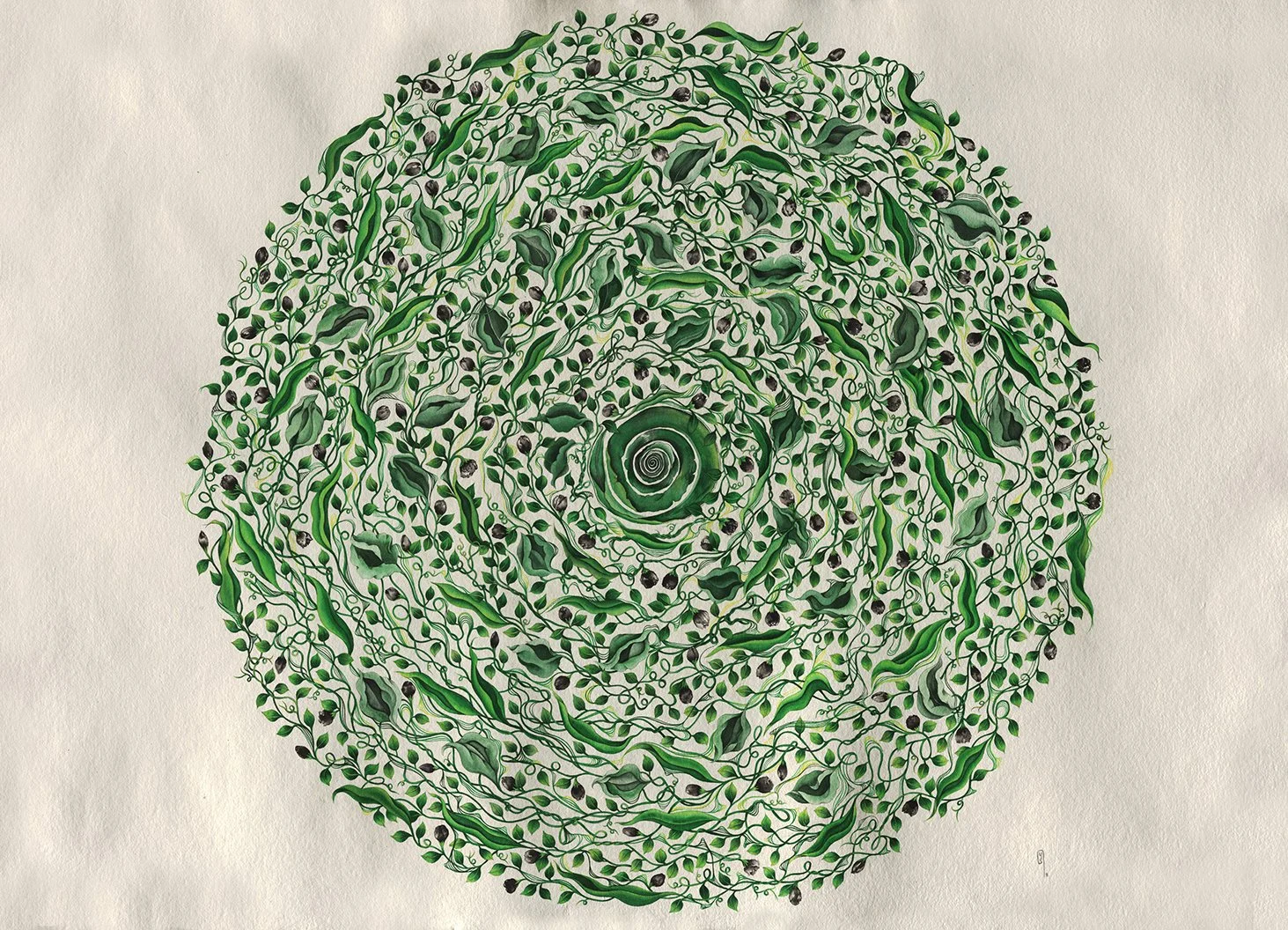
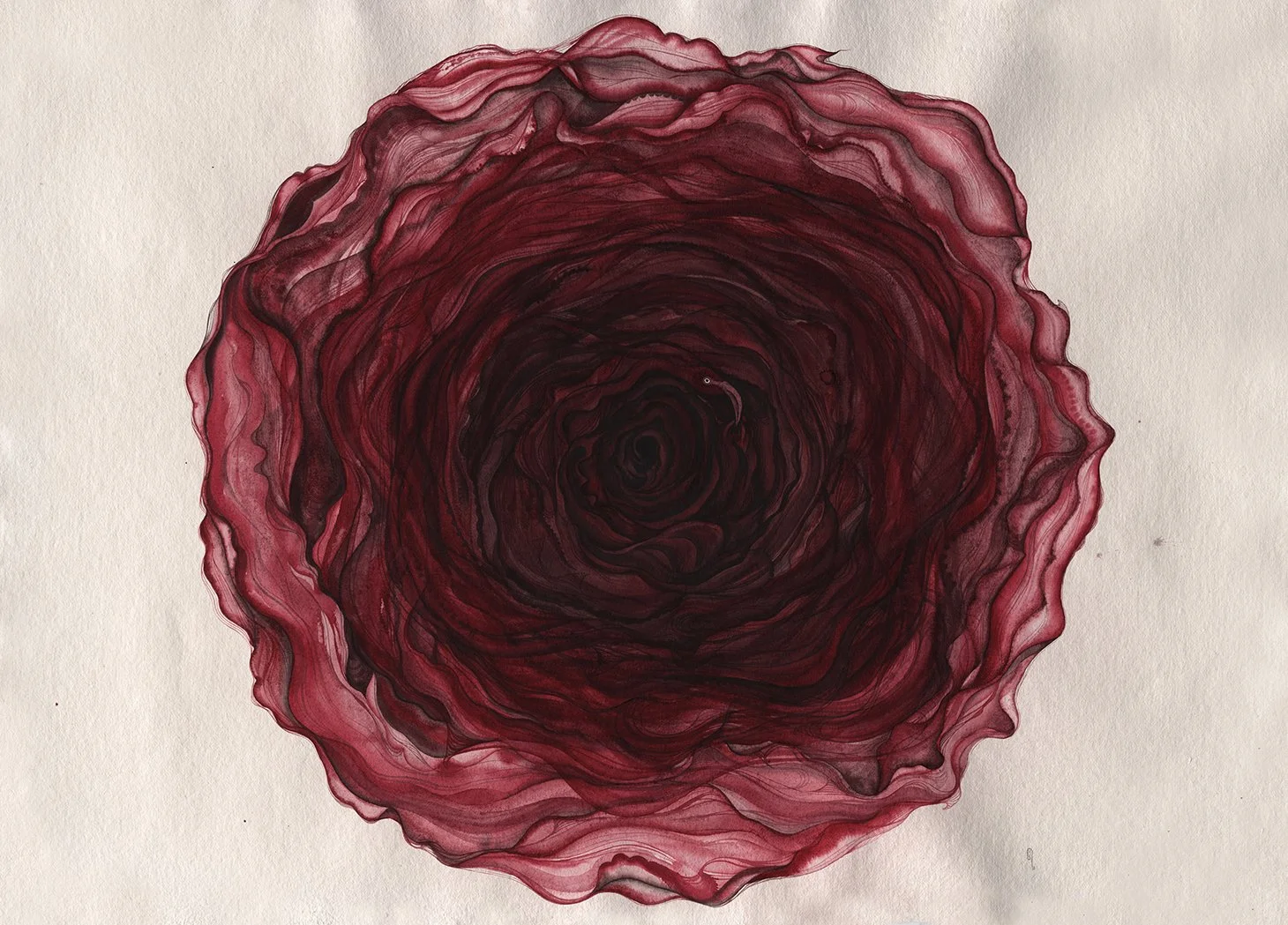
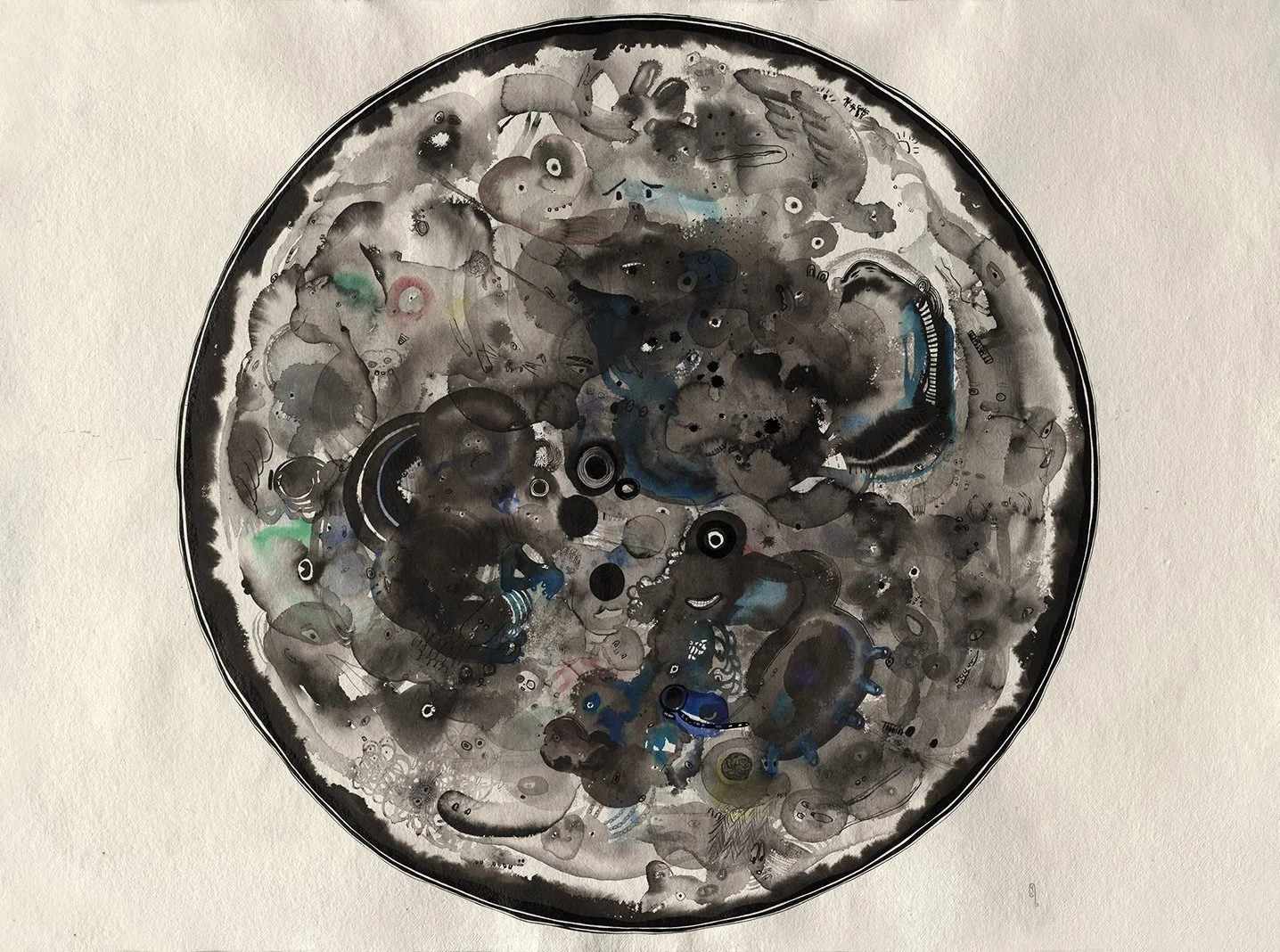
March 11, 2011, when Japan experienced the strongest earthquake and tsunami in its recorded history, and following the nuclear disaster, Yuri Shimojo was in New York City, far from her ancestral homeland.
By the time I was 29, I had lost my entire family. Seeing such astonishing numbers of people have washed away, my personal history of loss came back with deep emotion. Not long after, I heard reports of Sakura (Japanese cherry trees) blossoming amid the debris in Tōhoku, the epicenter.
The news of the strength of nature, that rebirth itself, saved me. I was inspired to start painting Sakura petals one by one in an attempt to process my pain. The repetitive motion was necessary for my healing process, which became a form of ritual akin to Buddhist monks counting each prayer bead. By the time I stopped counting the number of petals I had painted, I started to see each petal as a life. I felt like I was communicating with each one, and I needed to mourn them.
I used my mother's ink, which I found in her calligraphy box. I ground it onto the inkstone with water to make my ink with her. Gently wrapped around each petal, as if hugging with the pale Sumi ink, not black, as warm tears.
Sakura led to the completion of four more paintings. All were created using a mandala-like sphere, with different intentions and themes painted with Japanese ink on handmade Indian Khadi paper.
Each work from Memento Mori follows the form of a circle of Life.
"Sakura 桜" implies Nirvana
"Algae 藻" implies River in Between
"Vine 蔦" implies Passage
"Hana (flower) 花" implies Birth
"Universal Stain しみの宇宙" implies Self
Sakura 桜
2013, 38” x 52” ( 96 x 132 cm),
Ganasi Japanese watercolor, sumi ink, and graphite on Indian handmade paper
Algae 藻
2013, 38” x 52” ( 96 x 132 cm),
Ganasi Japanese watercolor, sumi ink, and graphite on Indian handmade paper
Vine 蔦
2013, 38” x 52” ( 96 x 132 cm),
Ganasi Japanese watercolor, sumi ink, and graphite on Indian handmade paper
Hana 花
2013, 38” x 52” ( 96 x 132 cm),
Ganasi Japanese watercolor, sumi ink, and graphite on Indian handmade paper
Universal Stain 宇宙のしみ
2013, 38” x 52” ( 96 x 132 cm),
Ganasi Japanese watercolor, sumi ink, and graphite on Indian handmade paper
Since 2013, the Memento Mori paintings, having traveled the globe over the course of years, signify the artist’s own spiritual journey. Shimojo focuses on celebrating life’s precious, fleeting moments. She asks the viewer to pay attention to what nature is trying to show us. Most of all, she views this body of work as a universal embrace of gratitude and fear for life and death. Memento Mori is a body of work, ten years in the making, and for decades more into the future, the universality of its intentions will continue to blossom, helping us to recognize and embrace our place in the spiritual world.
Memento Mori 2021
PREMIERES IN THE U.S. ON ITS TEN-YEAR ANNIVERSARY
at Praise Shadows Art Gallery, Boston
Memento Mori in 2011 represented the formidable power of nature,
reminding humans of our tiny presence in the universe.
That power is also healing and resilient to bring our individuality into focus
during a year of unimaginable loss at the hands of the global pandemic.
Previously shown only in Kyoto (2013) and Tokyo (2014), both opened on March 11, the day of the earthquake, The U.S. premiere of Memento Mori also opened on March 11, 2021, the tenth anniversary “coincidentally.” In addition to the paintings, a new mixed-media installation is dedicated to the lives lost in the natural and nuclear disaster of Tohoku and the millions of people who have lost their lives to COVID-19. Memento Mori's universality of intentions will continue to blossom, helping us recognize and embrace our place in the spiritual world.
Petal Mori
The site-specific mixed-media installation
Petal Mori, 2021
Collaboration with Maria Takeuchi (projection) and Alec Fellman (sound)
On the floor in the center of the gallery will be a mound of white cleansing salt with 108 glass Petri dishes set upon it. “108” is a sacred number in the Dharmic religions, including Hinduism, Buddhism, and Jainism; in Japan, at the end of each year, Buddhist temples chime their bells 108 times to close out the old year and welcome the new one. Each petri dish encloses an individual Sakura petal made of torn washi paper, then tied closed, as if in tribute, with fine silk thread. Another Sakura petal, suspended from the ceiling by a single silk white thread, hovers just above the salt mound, all graced in luminous projection. The accompanying sound, Petal Mori, a 108-minute looping soundscape, contains a bell ringing once per minute, simultaneously illuminating one of the 108 Petri dishes.
Press





